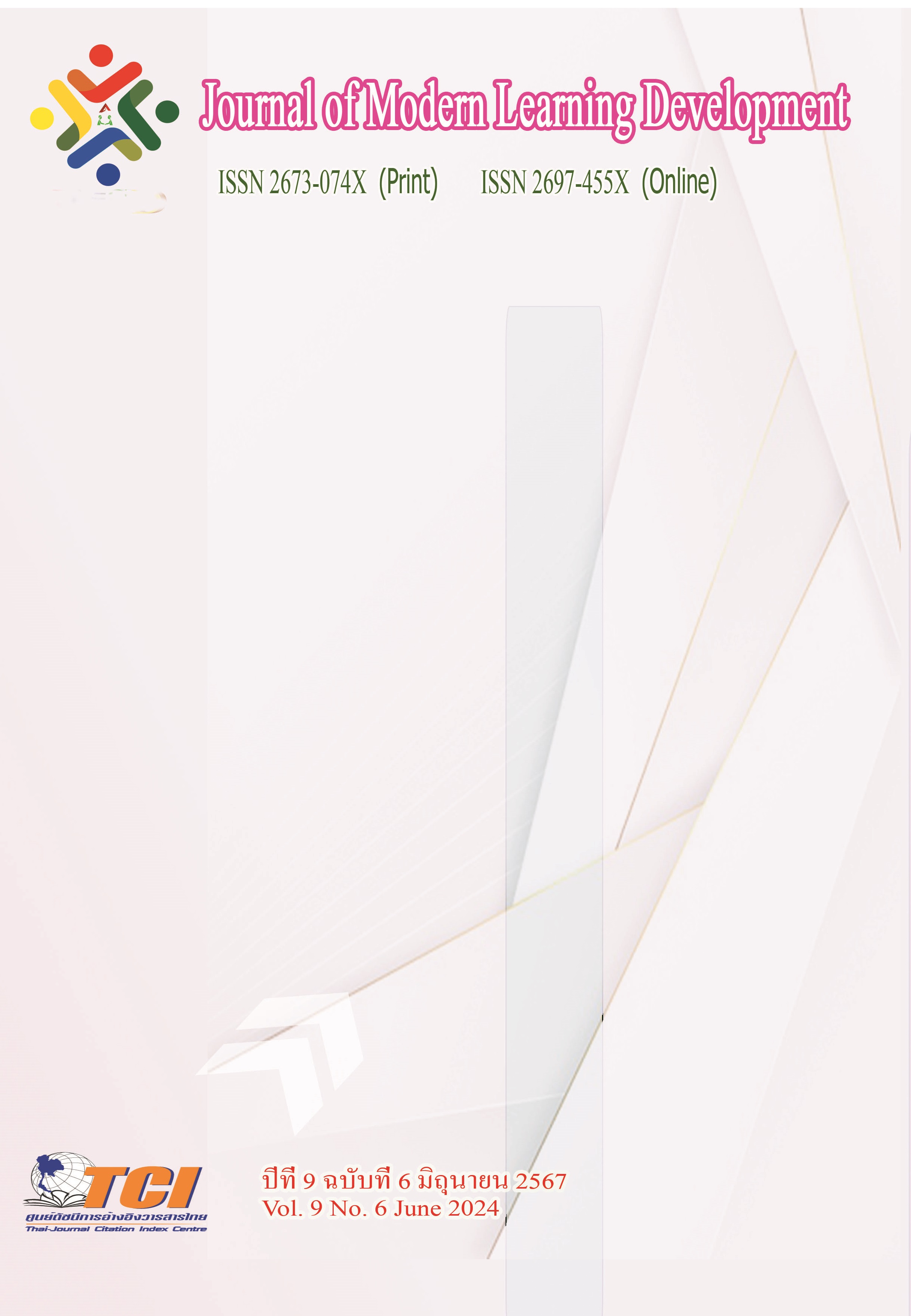The Morin Khuur and Mongolian Music Culture in China
Main Article Content
Abstract
The Morin Khuur is one of the most widely used instruments in Mongolian music and has a history of over 800 years. Its large sound box and thicker strings give it a heavy, melodious tone. In addition, Morin Khuur's unique playing methods, such as overtones, arpeggios and pizzicato, express the connotation of Mongolian music to the fullest, and the unity and diversity of the musical elements are the embodiment of the Chinese national culture and national spirit. Therefore, Morin Khuur is an indispensable vehicle for the spread of Mongolian culture and the promotion of Chinese national culture to the world. For more than fifty years, the masters of Morin Khuur, led by Qibaoligao, have been improving the Morin Khuur, from the production of the Morin Khuur to the playing techniques of the Morin Khuur, and have made in-depth improvements. Through these improvements, the Morin Khuur has further developed and gradually moved out of the grasslands to the international stage. However, due to the relatively short period of time that Morin Khuur's music education system has been in development, a number of potential problems have begun to emerge in the process of teaching and development. Many Morin Khuur experts and scholars have also been improving and developing Morin Khuur teaching over the years. This paper investigates the Morin Khuur and Mongolian Music Culture in China.
Article Details
References
Alima. (2014). Research on the Inheritance and Development of Mongolian Music, [Master's thesis]. Inner Mongolia Normal University.
Gan, J. (2021). Opportunities and Innovative Development in the Dissemination of Ethnic Music in the New Era. Sichuan Theatre, (06), 104-106.
Li, Y. (2016). Insights of the Suzuki Teaching Method on Music Education in Chinese Society. Art and Technology, (11), 397.
Sun, J. (2017). A Brief Analysis of the Philosophical Foundation of the Suzuki Music Teaching Method: "Mother Tongue Approach." Northern Music, (21), 118-119.
Tang, G. (2012). The Inheritance of Morin Khuur Performance in School Teaching in Horqin Area, [Master's thesis]. Minzu University of China.
Tang, J., & Liu, D. (2002). On the Aesthetic Educational Value of the Suzuki Teaching Method. Chinese Music Education, (08), 8-9.
Wu, W. (2023). A Study on the Application of Suzuki Teaching Method in Primary School Instrumental Music Education, [Master's thesis]. Xi'an Conservatory of Music.
Zhang, L. (2017). A Brief Discussion on the Inheritance of Morin Khuur Performance in Teaching. Chinese Ethnic Expo, (05), 41-42.
Zou, A. (2022). The Practical Application and Investigative Research of the Suzuki Teaching Method in Piano Instruction, [Master's thesis]. China Conservatory of Music.


